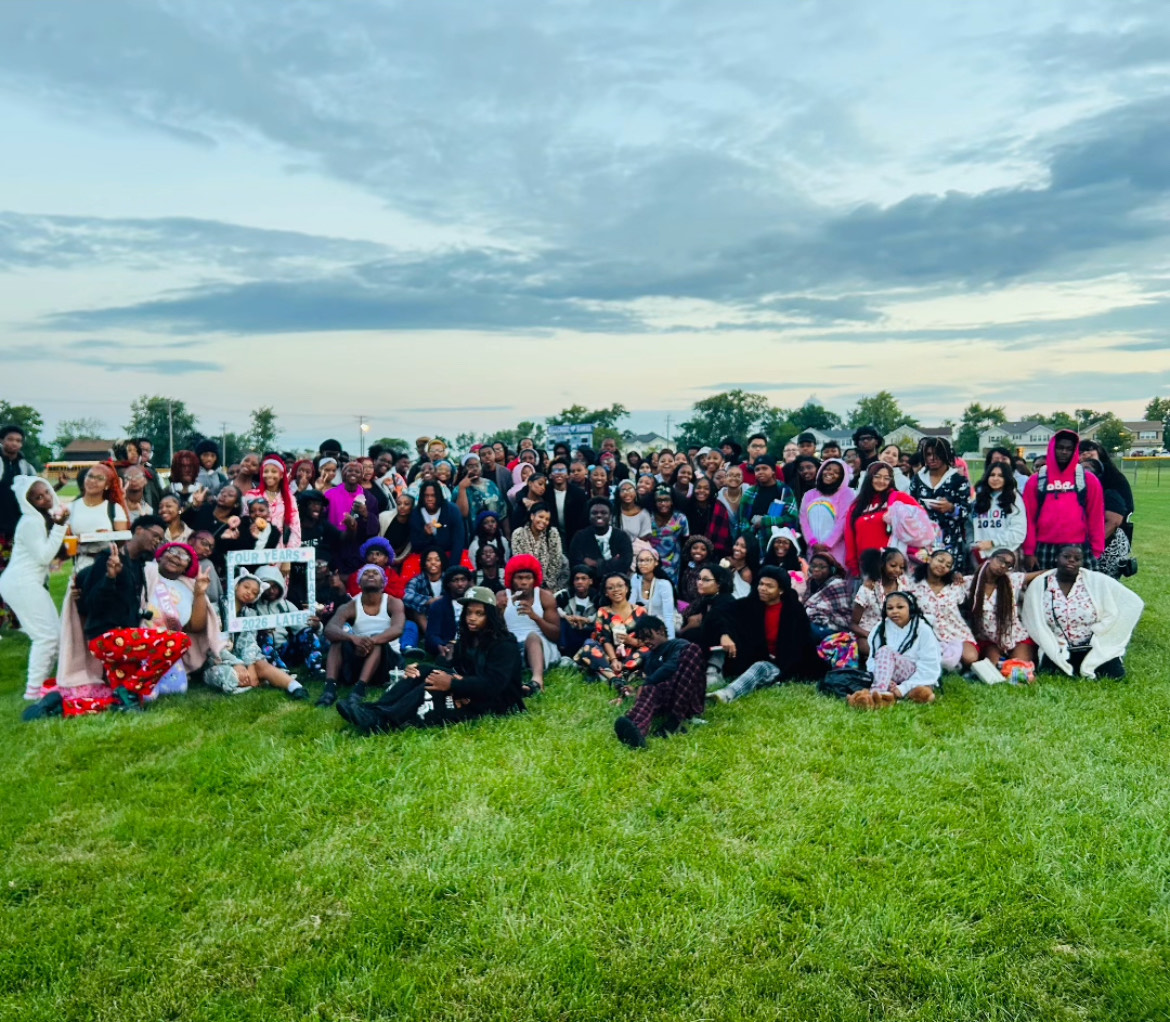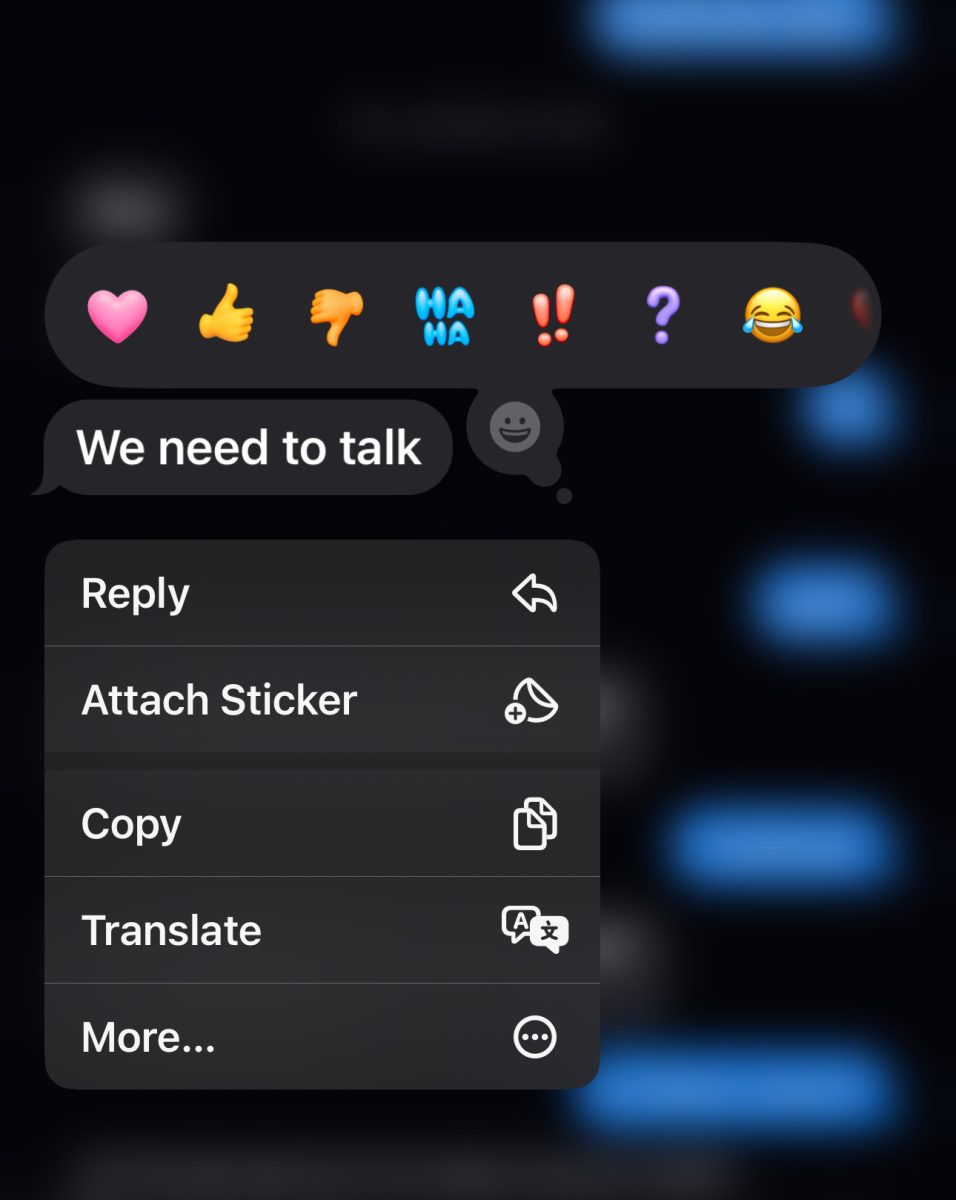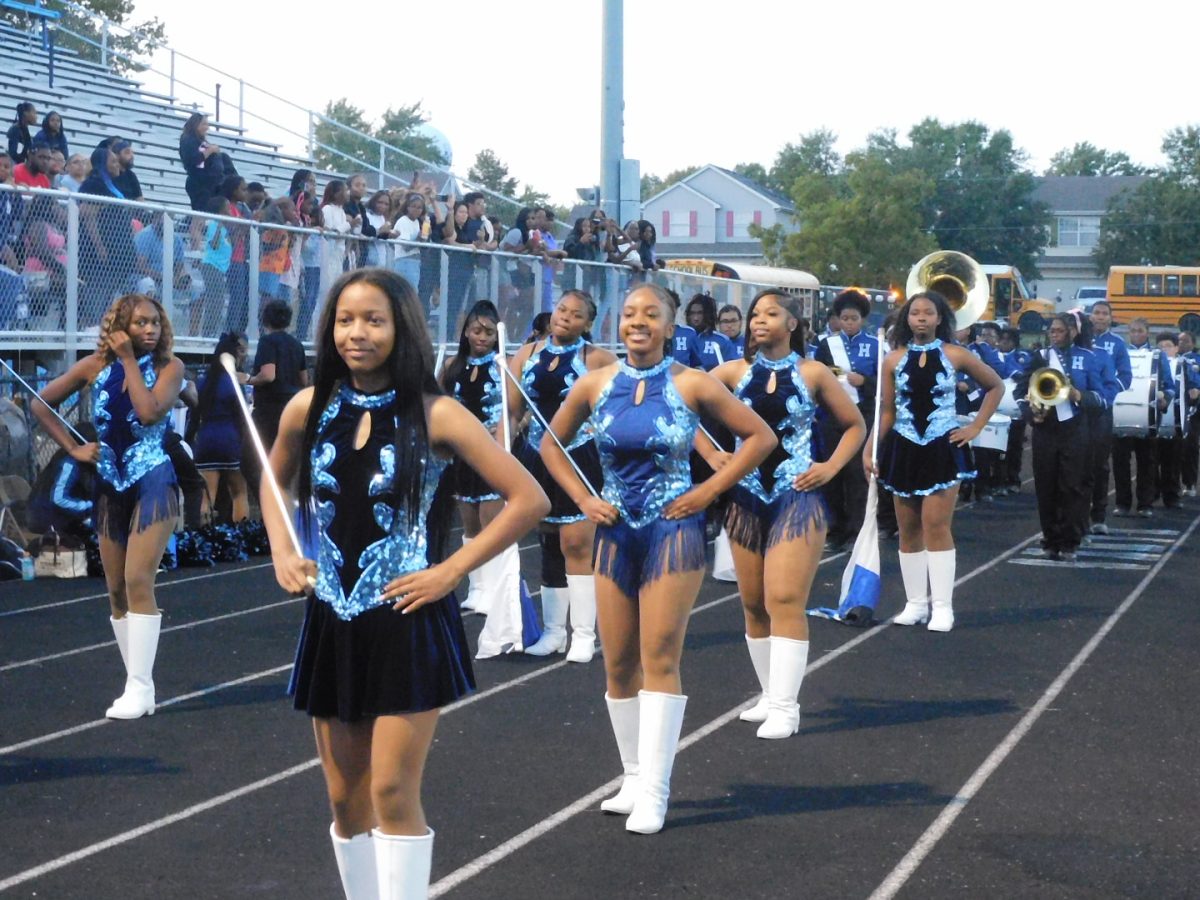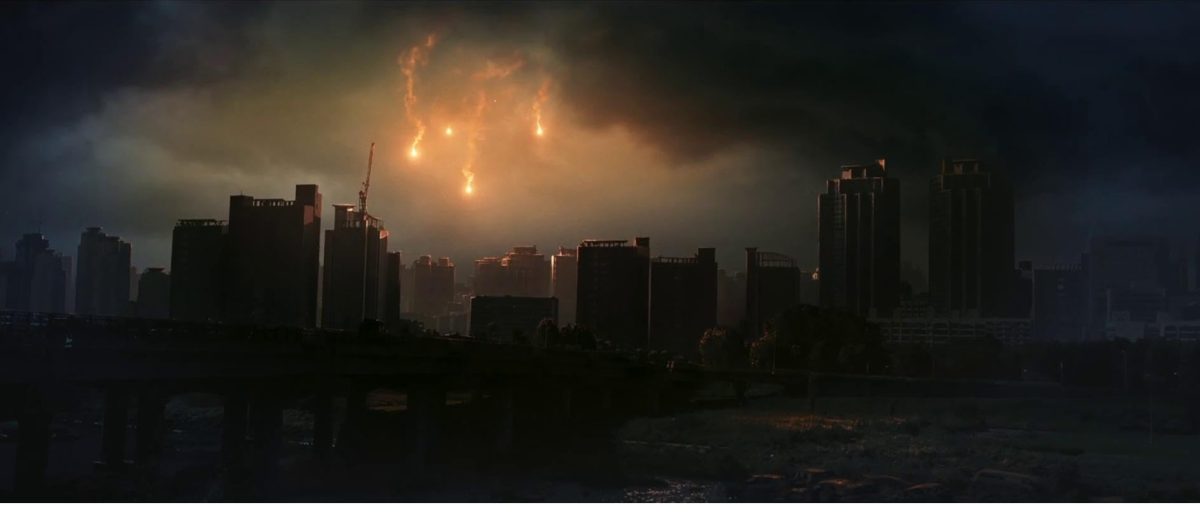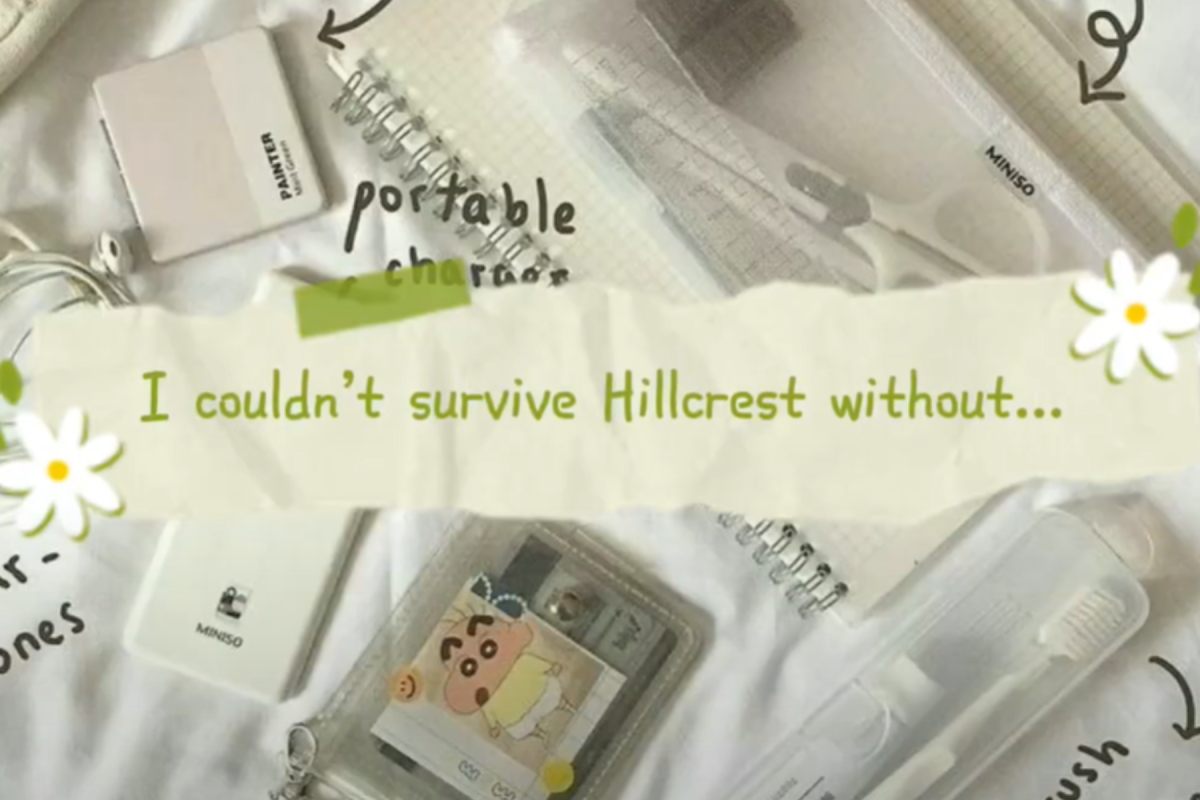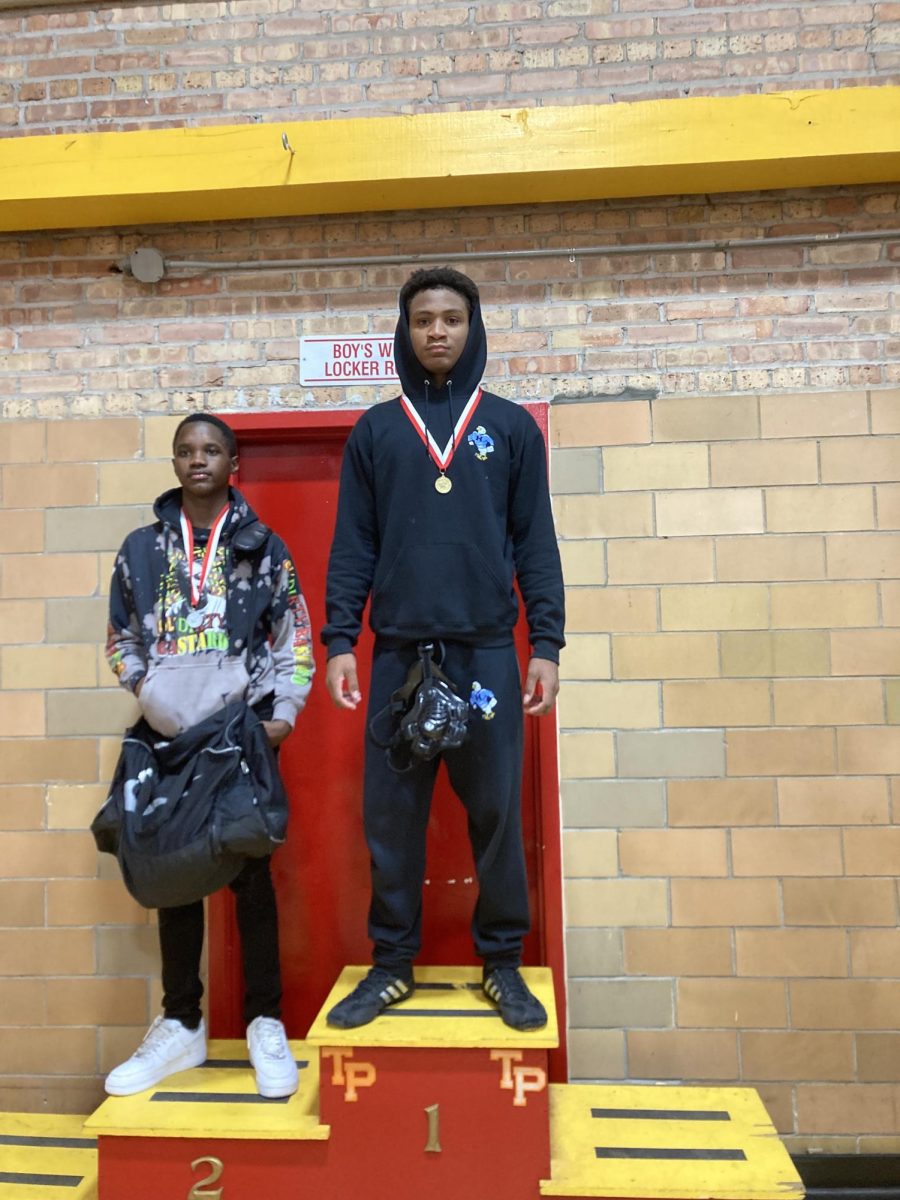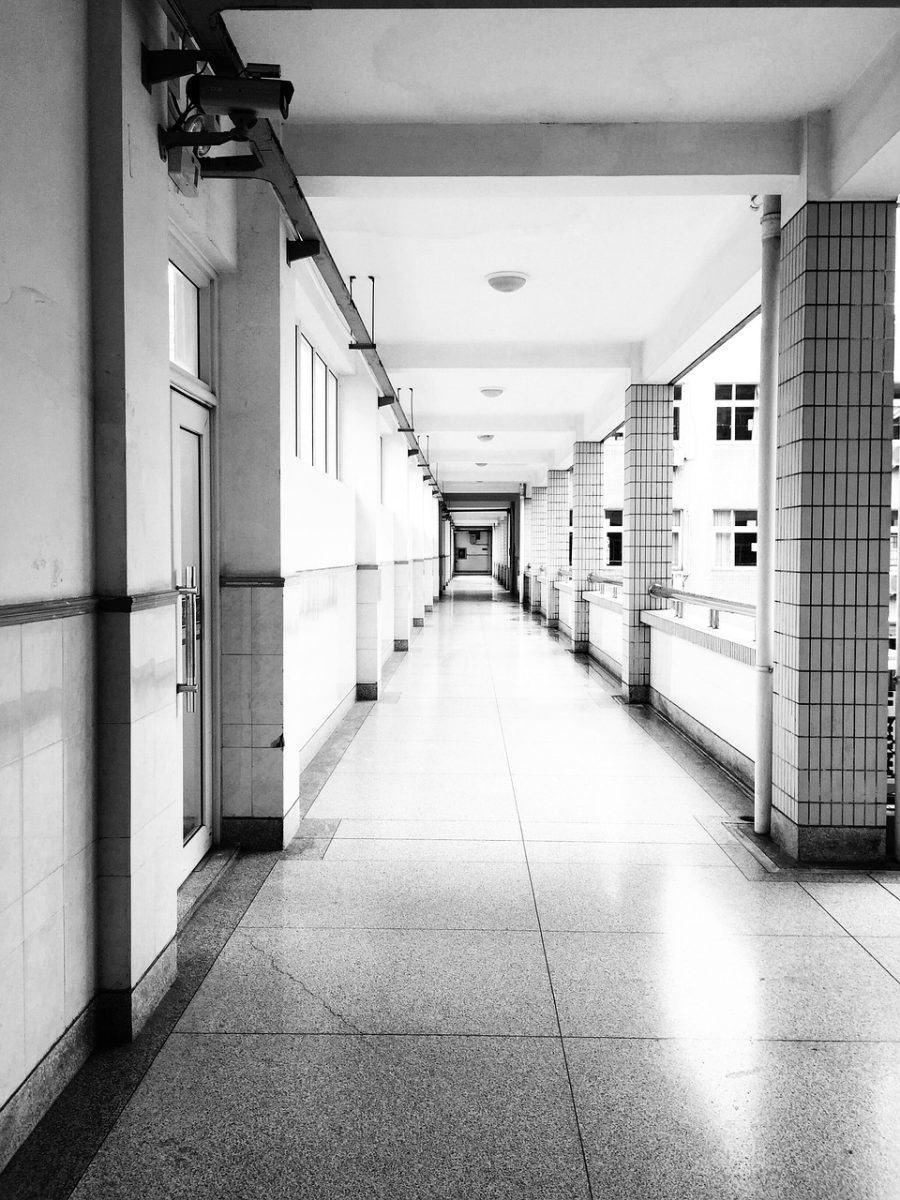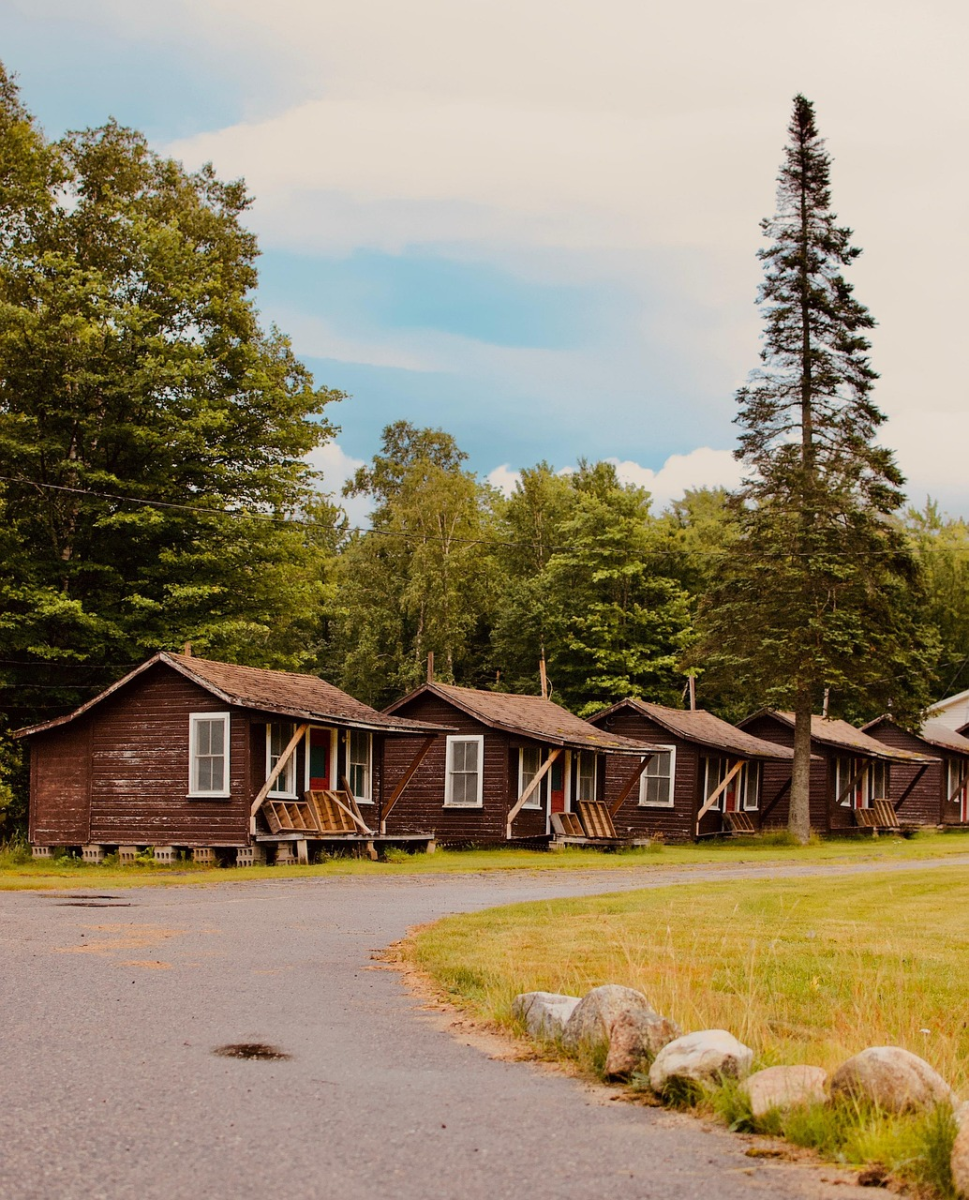High school life can vary widely from day to day for different people. By “high school life,” I mean how students perceive their school, whether they like or dislike it, what they think represents their school, how they would describe it, and what they think of a typical day there. Since I go to Hillcrest High School, I’m comparing my own views with those of friends from elementary school who attend high schools in other states or in Chicago—specifically, those outside District 228 or in schools we don’t commonly encounter.
For my first question, I asked which schools they attend. I received responses from students at William H. Taft High School, Wells Community High School, Von Steuben High School, CICS Northtown, and Granite Bay High School in California. These are people I know personally, and I wanted to understand their perspectives on high school life. Some of them graduated 1-6 years ago, but most of the responses are from current seniors and juniors.
For my second question, I asked what they disliked about their school. I received responses about issues like constant vaping, limited bathroom access with only one open for boys, lack of diversity in classes, crowded hallways, inadequate food, and outdated resources. A student from Von Steuben said, “They fund their programs very unfairly. Some sports teams aren’t provided with transportation, which makes their seasons shorter than what they were quoted to be. But they like to advocate the most about their sports and clubs to bring students in—it just feels like student athletes are used for pictures to bring in new students.”
The third question I asked was what they liked about their school. The responses mentioned the diversity, where it’s rare to find someone who doesn’t speak two languages, which makes it easier for people to relate through shared identities. Other students liked the art classes, the close-knit community in smaller schools where everyone knows each other, course options, and the ability to build relationships with teachers in smaller settings.
For the fourth question, I asked what they think represents their school. Responses included: “I believe a cell would be a good analogy for my school, as we are a tightly compacted yet diverse school, akin to how a cell has many different types of organelles. Our school’s defining features are diversity and small size.” Another student said, “I believe academic integrity represents my school.” Others described their school as “tight-knit,” emphasizing how students look out for one another, or noted aspects like “art/music/ROTC,” “white people,” or “athletes and performers,” who represent those who may be too shy to participate in these activities and act as voices for them.
The fifth question asked them to describe their school. Responses included: “I would describe my school as a hole in the wall; while it’s not widely known, the students and faculty allow us to thrive in the best way possible,” and “small in both substance and personnel, but very diverse. Unlike most of America, we’re a majority Hispanic/Muslim school where different groups are the majority compared to the typical norm.” Others described their school as “supportive and academically high level,” but noted areas for improvement, especially in course selection and scheduling. One student described it as a “good white people school that doesn’t want to come off as racist, though most staff are incredibly condescending to people of color.”
For the sixth question, I asked them to describe a typical school day. Responses varied widely, including: “The hallways are always packed, so getting to each class feels slow despite short distances. Overall, it’s pretty chill depending on your classes, as most teachers here are good at what they do.” Another student, involved in college classes, said, “Even though I’m a senior, taking college classes allows me to make my schedule flexible, so it already feels like I’m in college.” Others described their routines as including four classes a day with a lunch break, early morning volleyball, and after-school clubs or practices.
The final question asked if there was any additional information they wanted to share about their school. Responses included: “Our school is very small but offers a large array of AP and dual credit options, along with dual enrollment.” Another student said, “I transferred to my current school from Lane Tech, and I don’t regret it. In this small community, I’ve been able to grow in ways that would have been harder at a bigger school like Lane Tech.” A student from GBHS shared that their school uses a quarter system instead of a semester system, which affects scheduling and can make a normal day there different from other high schools. One student noted, “The school gets a bad reputation due to some students getting into trouble, but it’s easy to build connections with teachers, and there’s a club or sport for everyone.”
This concludes all of my questions, and I’ll leave you with my findings on the diversity of high school experiences across different environments. I have found that most schools have their own unique issues, but I have noticed some similarities, like vaping and the reduction of bathrooms to one because of vaping, along with other small problems. Of course, every school is going to have its issues, but it’s just interesting to see what students think of their schools. As I’m writing this, I think I’m going to make a second part of this, probably with the same question but involving more people, or perhaps some other ways to compare schools. I forgot to ask if people wanted their names on the paper, so just in case they didn’t, I made all the responses anonymous, not in any specific order, and just included the school name.


